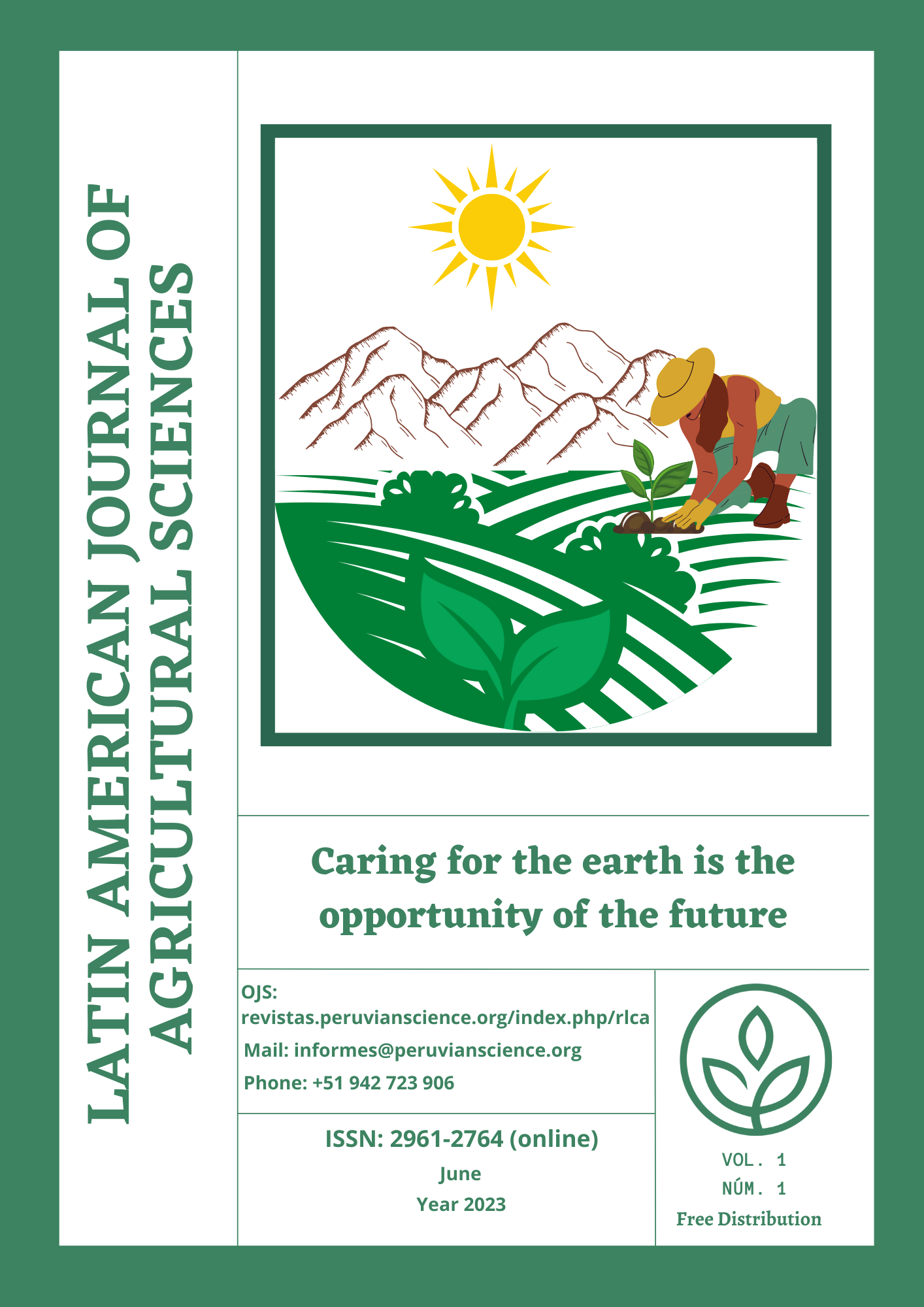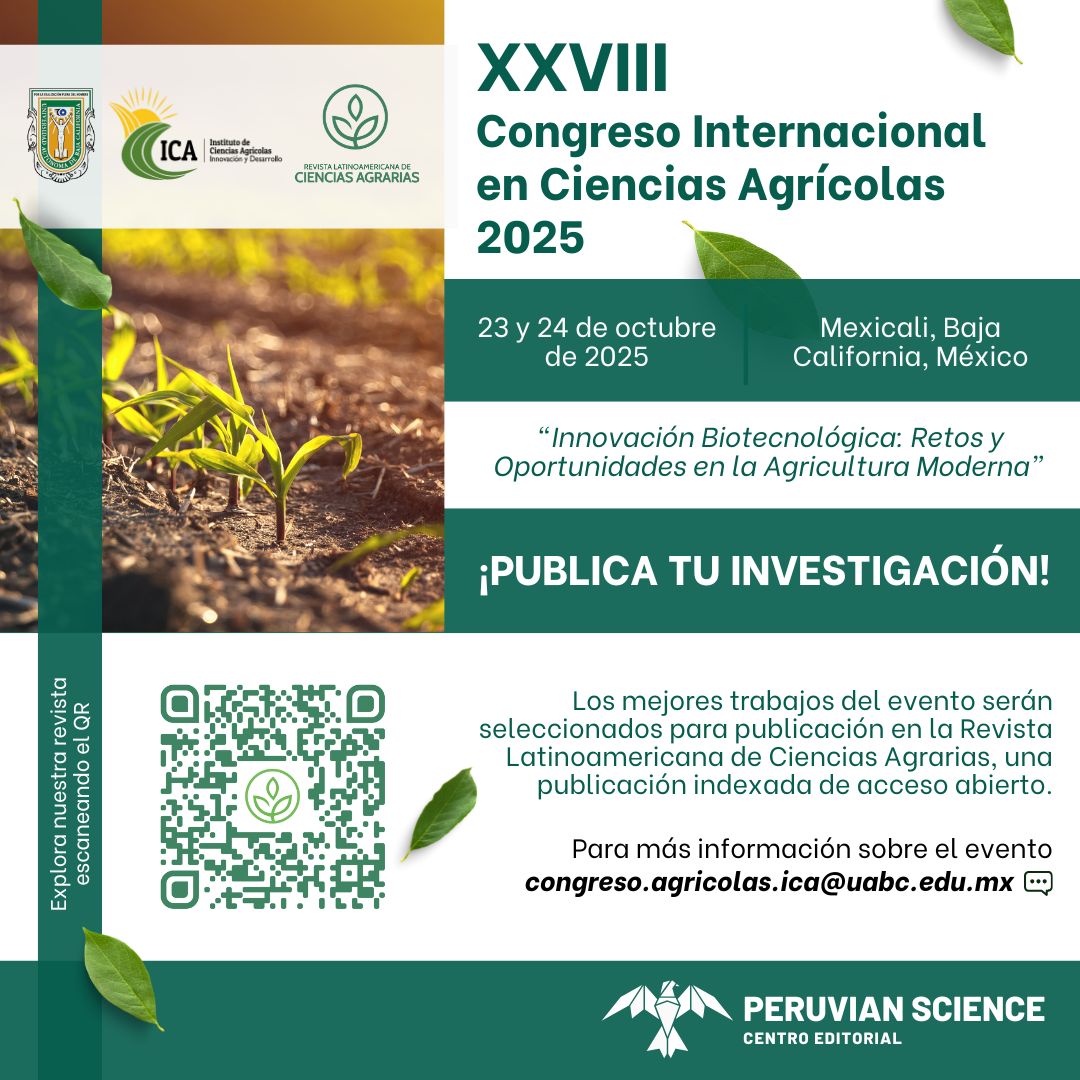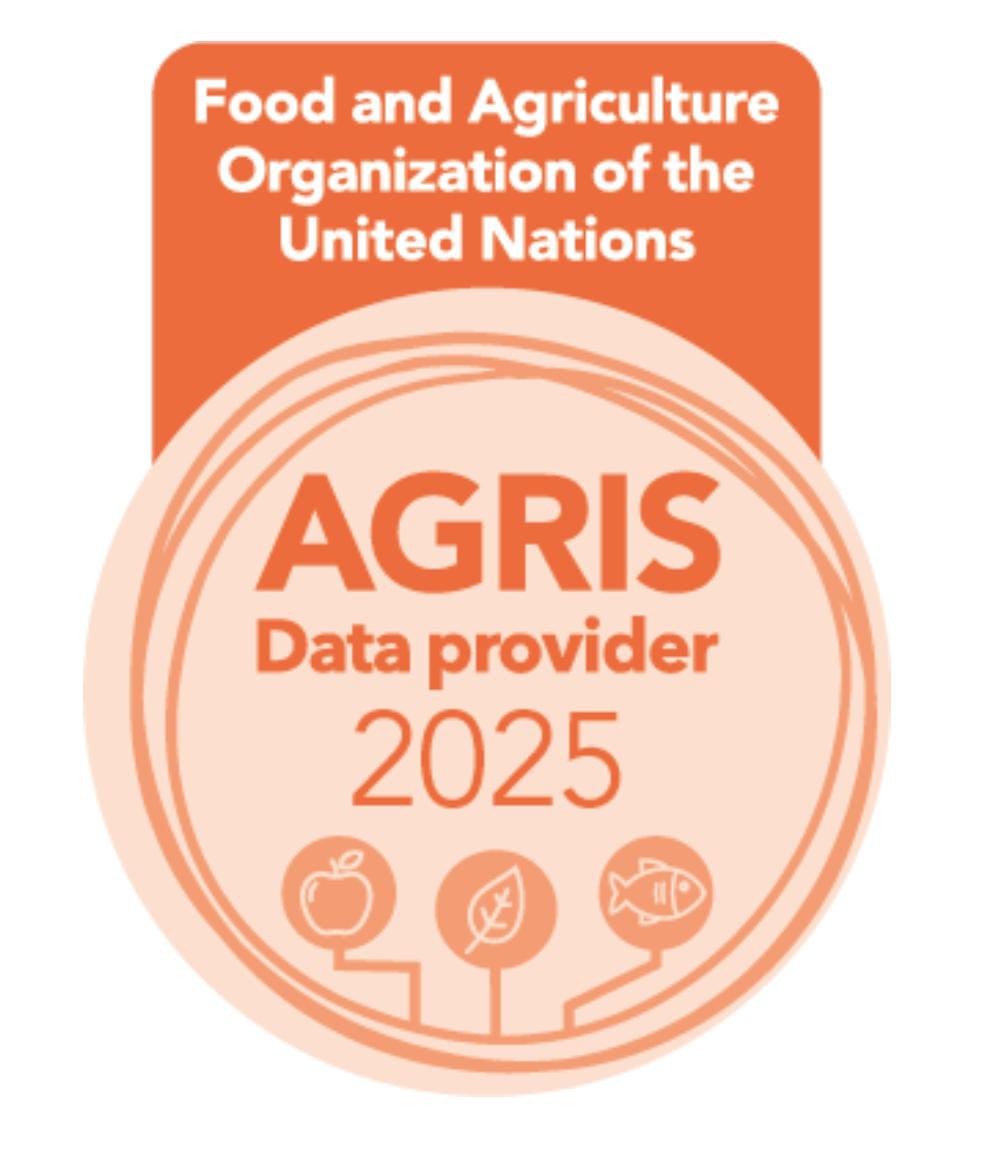Technical feasibility of hydroponic green fodder production based on barley (Hordeum vulgare) central coast – Peru
DOI:
https://doi.org/10.5281/zenodo.11153648Keywords:
forage, hydroponics, feasibility, FVH, sproutedAbstract
The present study was carried out with the purpose of determining the technical viability in the production of hydroponic green fodder based on barley (Hordeum vulgare) to meet the nutritional needs of sheep. This monocotyledonous plant, belonging to the family Poaceae, was chosen for its fodder goodness, which presents rapid growth and development, as well as high production of forage and palatability.
The present study was developed in the district of Chorrillos, Province Lima, Peru. Due to the proximity to the breeding area, easy accessibility to the production area and to the possibilities of replicating this model in various perimeter zones of Lima and other provinces. The technical analysis determined that the production of hydroponic green forage is feasible given the simplicity and flexibility in its technology. Likewise, acceptance by sheep and their rearing benefits constitute this form of forage production, as an efficient alternative in the use of space and economy of the water resource.
Downloads
References
ALMEYDA J. 2014. Manual de Manejo y Alimentación de vacunos lecheros. Edita UNALM. Lima-Perú.
CIP. 1993. El Agroecosistema Andino: Problemas, Limitaciones, Perspectivas. Anales del Taller Internacional sobre el Agroecosistema Andino. Edita CIP. Lima-Perú
COLLAZOS C. 1996. Tablas Peruanas de Composición de Alimentos. Séptima Edición. Edita Universidad Cayetano Heredia. Lima-Perú
FAO para América Latina y el Caribe 2002, manual técnico “Producción de Forraje Verde Hidropónico”, Primera edición Santiago de Chile Feb. 2002
FLOREZ A., MALPARTIDA E. y F. SAN MARTÍN. 1992. Manual de Forrajes. Lima-Perú
JIMÉNEZ L. 2014. Formulación y Evaluación Privada de Proyectos. Edita UNALM. Lima-Perú.
LÓPEZ-AGUILAR, R., MURILLO-AMADOR, B., & RODRÍGUEZ-QUEZADA, G. (2009). El forraje verde hidropónico (FVH): Una alternativa de producción de alimento para el ganado en zonas áridas. Interciencia, 34(2), 121-126.
MAMANI J. 1994. Evaluación de dietas con diferentes niveles de germinado de cebada en la alimentación básica de cuyes mejorados en las etapas de crecimiento y engorde. Tesis para optar título de Ing. Agrónomo. Universidad Mayor de San Andrés, Facultad de agronomía. La paz – Bolivia.
NESTARES A. 2014. Técnicas de Conservación de Forraje para la Alimentación Animal. Primera edición. Edita INIA. Lima-Perú
PAMPA P. 2015, manual de forraje verde hidropónico – Publicado en Oficina de extensión y proyección social – Universidad Nacional Agraria La Molina
RODRIGUEZ A. 2006, Como producir Forraje verde hidropónico. Editorial Diana – México.
SEPÚLVEDA, R. 1994. Notas Sobre Producción de Forraje Hidropónico. Santiago, Chile.
TARRILLO O. H. 1999. Utilización del Forraje Verde Hidropónico de Cebada (Hordeum vulgare), Alfalfa (Medicago Sativa) en pellets y en heno, como forrajes en la alimentación de terneros Holstein en lactación. Tesis Ing. Zootecnista. Universidad Nacional Agraria La Molina. Lima, Perú.
VÁSQUEZ H. 2010. Manual de Instalación, Manejo y Conservación de Pastos Cultivados. Edita Cáritas del Perú. Lima-Perú.
Published
How to Cite
Issue
Section
License
Copyright (c) 2023 Latin American Journal of Agricultural Sciences - RLCA

This work is licensed under a Creative Commons Attribution-NonCommercial-NoDerivatives 4.0 International License.
The Latin American Journal of Agricultural Sciences (ISSN online: 2961-2764) applies the Creative Commons Attribution (CC BY) license to the articles and other works we publish. Therefore, each manuscript submitted for publication by the journal will be processed under the CC BY license. This means that the manuscript author retains copyright to their published documents while agreeing that their article may be reused in whole or in part by anyone for any purpose, free of charge, including for commercial purposes. The use of this license is consistent with the open access policy of the journal, since this is the most open license considered "the gold standard" of open access.






















